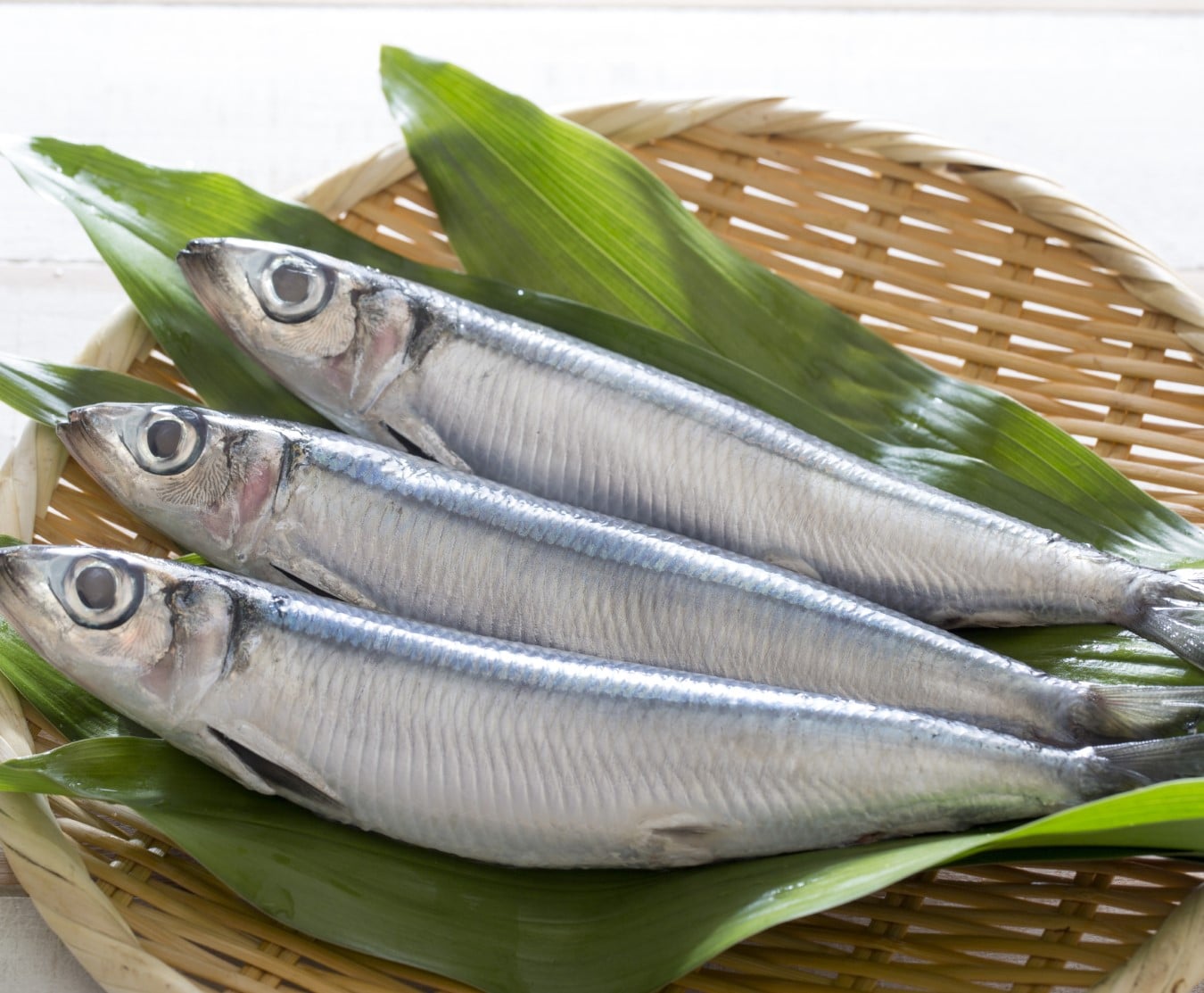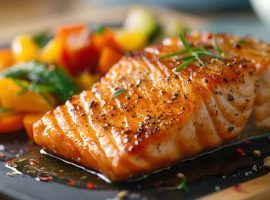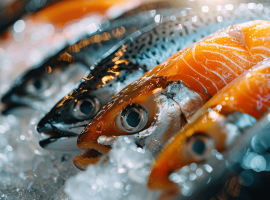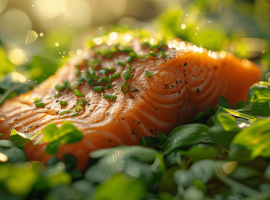The image of pickled fish with radish and rye bread might flash into your mind when you think of herring. In Scandinavian countries, herring is a popular dish, but there is more to this incredibly versatile fish than that.
A Basic Introduction to Herring
Approximately 200 species of herring exist, but only three are widely consumed. There are three types of herring: Araucanian, Atlantic, and Pacific. The Atlantic and Pacific oceans are home to these specific species.
Herring fish vary in size mainly based on their species, but they reach a weight of 1.5 pounds on average. Identifying a herring should not be difficult. Known as the silver of the sea because of their silvery colouration, which is blue above and paler below. Fishing for herring has always been lucrative due to the popularity of their meat.
A Fish That’s Healthy
Adding fish to our diet is extremely healthy, herring being particularly nutritious. This is mainly due to its vitamin D content. It contains more vitamin D than most other foods. This is particularly important for us Brits since our cloudy, grey climate makes it difficult to obtain adequate vitamin D from sunlight. We should ensure that we get enough vitamin D, as it helps to strengthen our teeth and bones, as well as reduce our risk of certain diseases.
It doesn’t end there. As a natural source of omega-3 fatty acids, herring is also good for your heart. Their role also contributes to the proper functioning of the brain.
Availability in the UK
The Atlantic herring is the most abundant species of small, oily fish in the UK, a fish that sustains us for countless generations. The economy of some countries or communities depends heavily on it.
There is an advantage to herring since different species breed at different times, so there is always a supply of fish, regardless of the weather.
Since herrings are oily, they can be salted, smoked, or pickled and stored for a long period.
Make the Best Choice
Herrings come in so many forms that it is difficult to provide universally applicable information. However, if you are purchasing them fresh, you should treat them as you would any fresh fish. A fresh fish is not supposed to smell fishy, and have bright eyes and red gills instead of brown; frozen fish is generally better, and defrosting them slowly is recommended when in doubt.
Get It Cooked
The best way to cook fresh herrings is to grill or fry them and coat the herrings with oatmeal, allowing the oil to be absorbed.
We have easy fish recipes that will give you a delicious meal. The old-fashioned fish and chips, the delicious pie, or the tacos that are sure to please are among the options.
You Can Store It
Herrings should be cooked and eaten within a short time since they have a short life expectancy.
A smoked herring can be eaten as a bloater, buckling or kipper. Bloaters and buckling are not supposed to be curled or dry-skinned, but they are typically eaten the day they are made or shortly thereafter.
A good selection of pickled/salted herring, matjesfilets, and rollmops, preserves well in brine/vinegar solutions of their preservative qualities. If raw onions are not submerged, oxidation will occur and develop an unpleasant taste, though there are exceptions. Herrings that have been salted are not kept in liquid. Therefore, they must be water-soaked or milk-soaked before use.
There is one style, in particular, that is most challenging: surstromming. In Baltic herring barrels, only half as much salt is used as usual. Once the barrels are bulging, you broach them outside in the open air.









